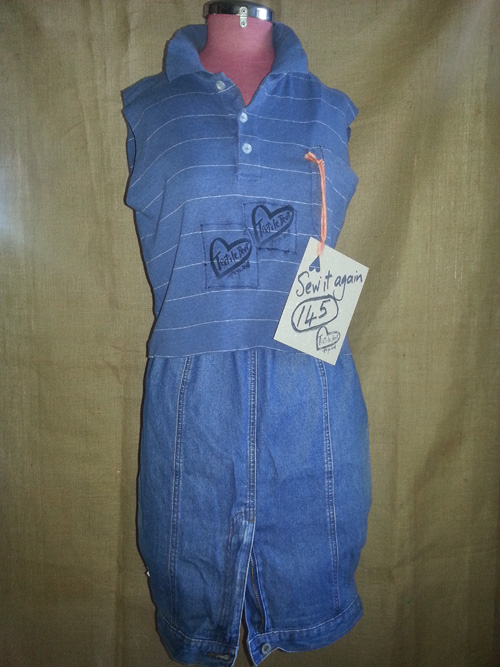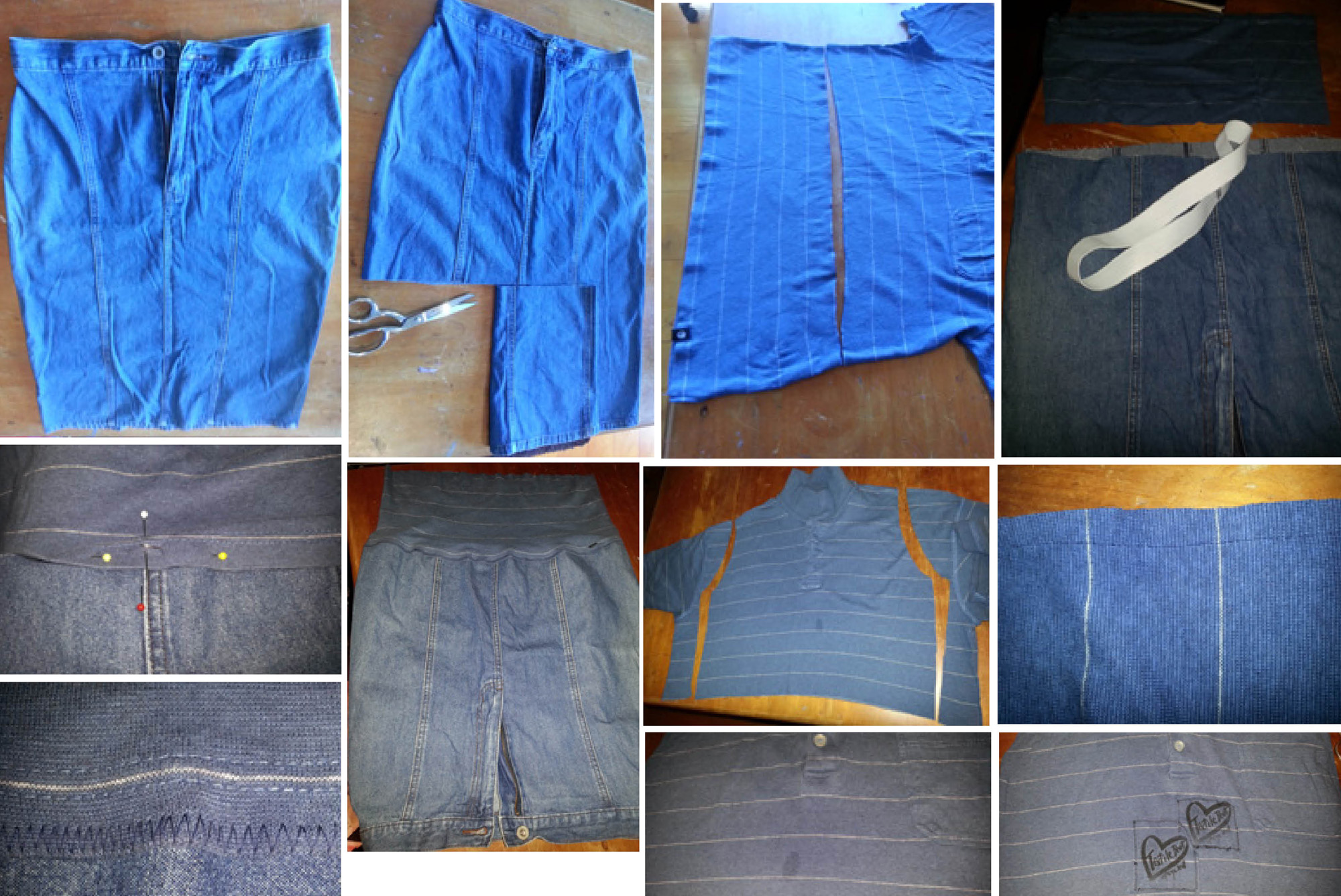 Most of us are spoilt for choice in the Western world, with every conceivable item available in a plethora of colours, styles and sizes ready for our consuming pleasure. We purchase our identity according to whichever brand message grabbed our attention from the rivers of print, screen, digital and social information flowing our way.
Most of us are spoilt for choice in the Western world, with every conceivable item available in a plethora of colours, styles and sizes ready for our consuming pleasure. We purchase our identity according to whichever brand message grabbed our attention from the rivers of print, screen, digital and social information flowing our way.
Clothing shapes our day. Each morning we dress to be comfortable, look fabulous and belong. In seeking to satisfy those needs for 7.2 billion people in the world, apparel fashion has blossomed into a $1.7 trillion industry. As long as consumers happily and mindlessly reach out for more and more clothing, manufacturers will keep providing it.
Any thinking person knows that endless consumption is destroying the planet. Our wardrobes bulge with stuff we don’t wear because we purchased it for a single occasion, our shape has changed, or we bought it cheaply, hurriedly, without longer-term consideration.
This fantastic film The Next Black about the future of fashion gives insight to what might lie ahead – new techniques and products, sustainable philosophy and fixing what we have.
My Sew it Again approach is demonstrating how we, as creative human beings, can use simple sewing skills to adapt existing cast-off natural-fibre clothing into eco-fashion. Much of the hard work has been done, fibres grown, fabric spun and dyed, garment structured and seams neatened. We gain empowerment and satisfaction by mindfully reworking this ‘waste’ to suit ourselves.
Turning things upside down is transformational and Sew 145 is an upturned denim skirt which had been long and straight. I considered what final length I wanted the skirt to be and cut off the excess. From a reject men’s cotton polo skirt, I cut off the bottom portion and trimmed it to be suitable circumference for a stretch waistband, which I then stitched with zigzag directly onto the top of the denim skirt (mark each in quarters, match the quarters and stretch to fit as you zigzag together). I turned the top of this new waistband down over a circle of elastic and secured in place. I then reshaped what was left of the men’s shirt into a sleeveless top and covered a stain on the front with patches.
